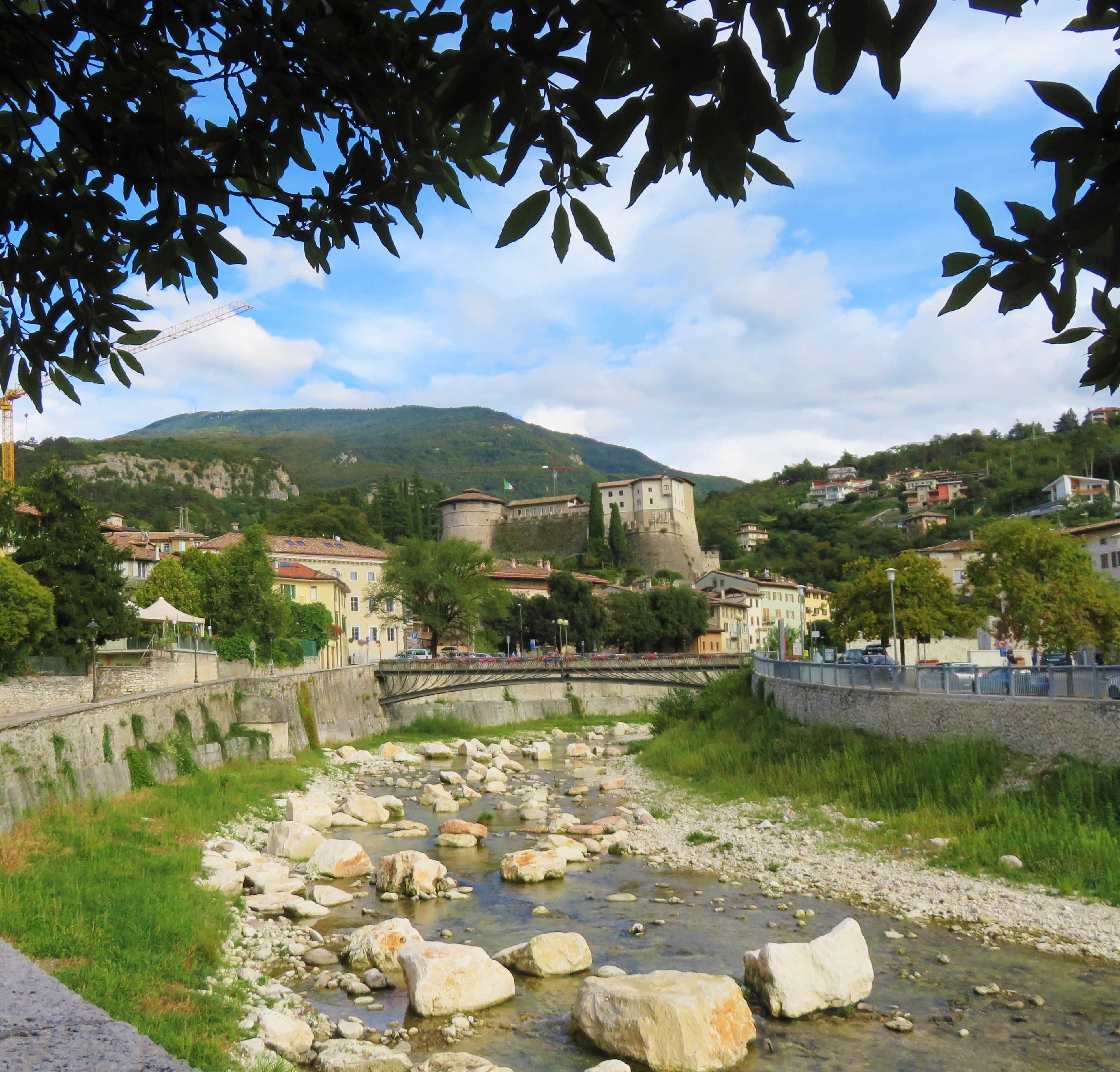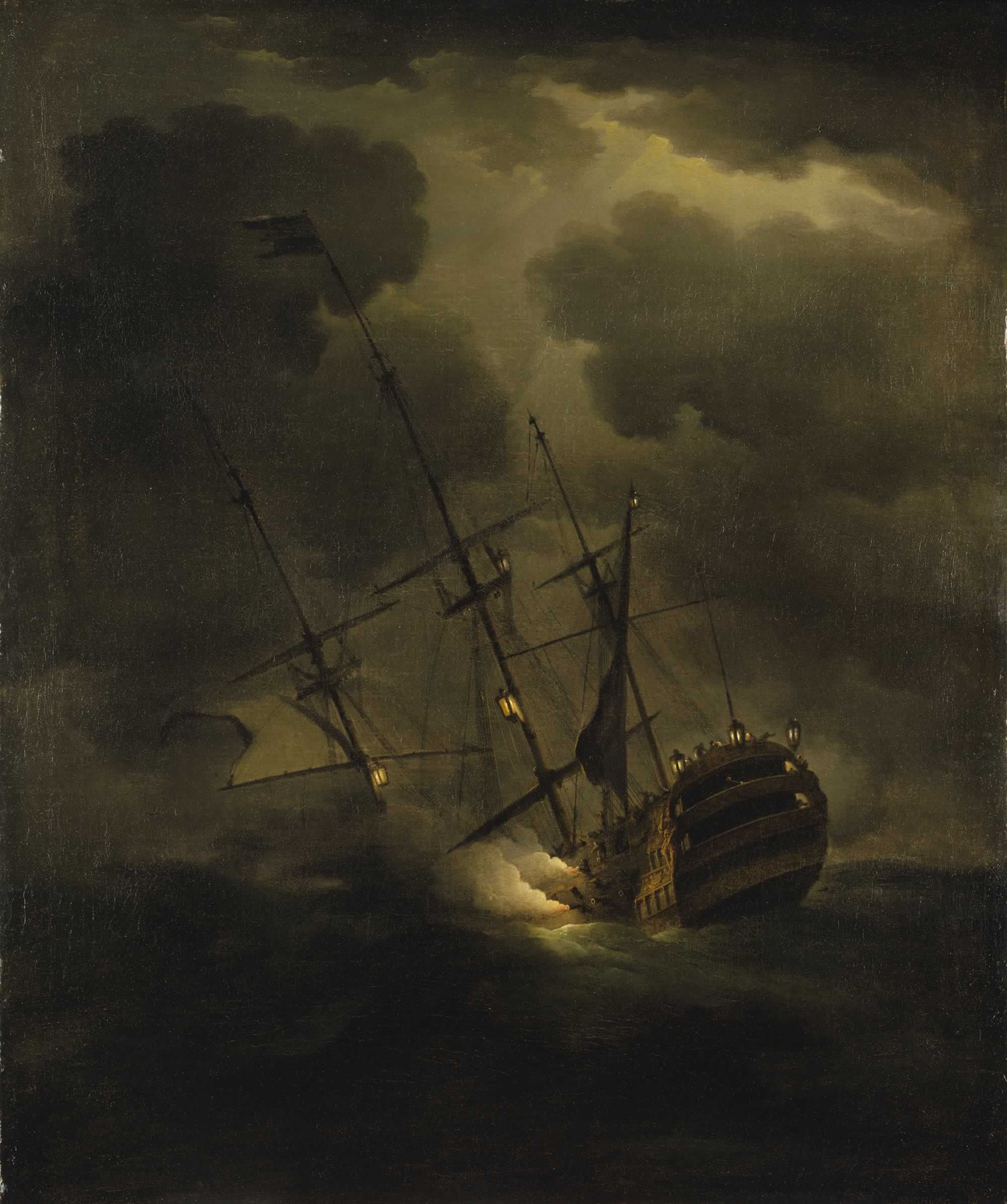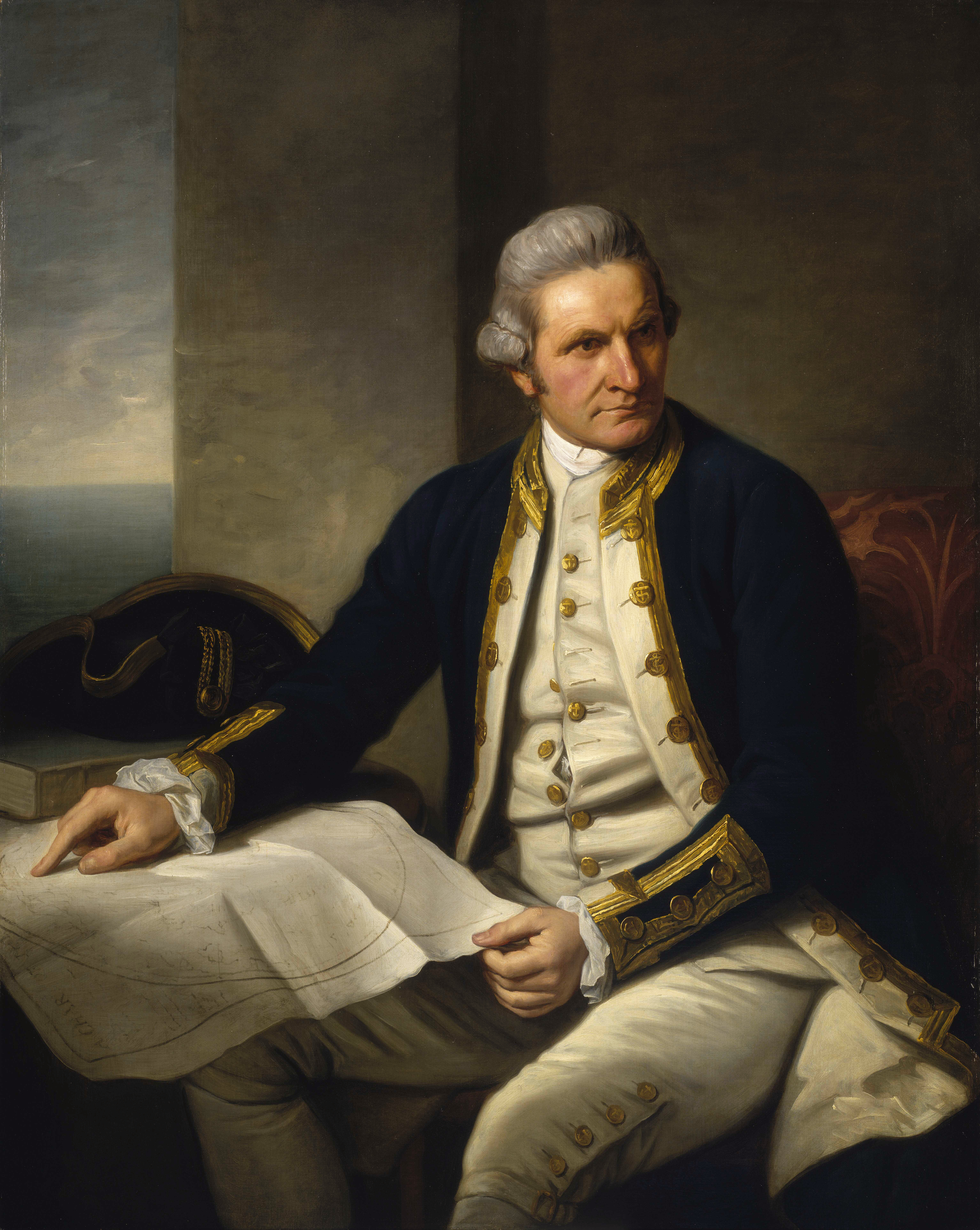|
Ignazio Paluselli
Ignaz or Ignazio Paluselli, also called Paduello, (Panchià, Province of Trentino in the Tyrol, 1744–1779) was an Italian painter. He trained in Padua, hence his nickname. He specialized in painting Bacchanalia and mythologic scenes both in Northern Italy and England. He painted the ''Via Crucis'' for the parish church of Avio, Trentino. He died in Rovereto Rovereto (; "wood of sessile oaks"; locally: ''Roveredo'') is a city and ''comune'' in Trentino in northern Italy, located in the Vallagarina valley of the Adige River. History Rovereto was an ancient fortress town standing at the fronti .... References 1744 births 1779 deaths People from Trentino 18th-century Italian painters Italian male painters Painters from Padua 18th-century Italian male artists {{Italy-painter-18thC-stub ... [...More Info...] [...Related Items...] OR: [Wikipedia] [Google] [Baidu] |
Panchià
Panchià (''Pancià'' in local dialect) is a ''comune'' (municipality) in Trentino in the northern Italian region Trentino-Alto Adige/Südtirol, located about northeast of Trento. Panchià borders the following municipalities: Predazzo, Tesero, Ziano di Fiemme and Pieve Tesino Pieve Tesino (''La Piève'' in local dialect) is a ''comune'' (municipality) in Trentino in the northern Italian region Trentino-Alto Adige/Südtirol, located about east of Trento. Pieve Tesino borders the following municipalities: Tesero, Pan .... References Cities and towns in Trentino-Alto Adige/Südtirol {{TrentinoAltoAdige-geo-stub ... [...More Info...] [...Related Items...] OR: [Wikipedia] [Google] [Baidu] |
Trentino
Trentino (), officially the Autonomous Province of Trento (; ; ), is an Autonomous province#Italy, autonomous province of Italy in the Northern Italy, country's far north. Trentino and South Tyrol constitute the Regions of Italy, region of Trentino-Alto Adige/Südtirol, an autonomous region under the constitution. The province is composed of 166 ''comuni'' (: ''comune''). Its capital is the city of Trento (Trent). The province covers an area of more than , with a total population of 541,098 in 2019. Trentino is renowned for its Mountain, mountains, such as the Dolomites, which are part of the Alps. Etymology The province is generally known as "Trentino". The name derives from Trento, the capital city of the province. Originally, the term was used by the local population only to refer to the city and its immediate surroundings. Under former Austrian Empire, Austrian rule, which began in the 19th century (previously, Trentino was governed by the local bishop), the common German ... [...More Info...] [...Related Items...] OR: [Wikipedia] [Google] [Baidu] |
Italian People
Italians (, ) are a European peoples, European ethnic group native to the Italian geographical region. Italians share a common Italian culture, culture, History of Italy, history, Cultural heritage, ancestry and Italian language, language. Their predecessors differ regionally, but generally include populations such as the Etruscan civilization, Etruscans, Rhaetians, Ligurians, Adriatic Veneti, Magna Graecia, Ancient Greeks and Italic peoples, including Latins (Italic tribe), Latins, from which Roman people, Romans emerged and helped create and evolve the modern Italian identity. Legally, Italian nationality law, Italian nationals are citizens of Italy, regardless of ancestry or nation of residence (in effect, however, Italian nationality law, Italian nationality is largely based on ''jus sanguinis'') and may be distinguished from ethnic Italians in general or from people of Italian descent without Italian citizenship and ethnic Italians living in territories adjacent to the I ... [...More Info...] [...Related Items...] OR: [Wikipedia] [Google] [Baidu] |
Padua
Padua ( ) is a city and ''comune'' (municipality) in Veneto, northern Italy, and the capital of the province of Padua. The city lies on the banks of the river Bacchiglione, west of Venice and southeast of Vicenza, and has a population of 207,694 as of 2025. It is also the economic and communications hub of the area. Padua is sometimes included, with Venice and Treviso, in the Padua-Treviso-Venice Metropolitan Area (PATREVE) which has a population of around 2,600,000. Besides the Bacchiglione, the Brenta River, which once ran through the city, still touches the northern districts. Its agricultural setting is the Venetian Plain. To the city's south west lies the Euganean Hills, Euganaean Hills, which feature in poems by Lucan, Martial, Petrarch, Ugo Foscolo, and Percy Bysshe Shelley. Padua has two UNESCO World Heritage List entries: its Botanical Garden of Padua, Botanical Garden, which is the world's oldest, and its 14th-century frescoes, situated in Padua's fourteenth-centu ... [...More Info...] [...Related Items...] OR: [Wikipedia] [Google] [Baidu] |
Bacchanalia
The Bacchanalia were unofficial, privately funded popular Roman festivals of Bacchus, based on various ecstatic elements of the Greek Dionysia. They were almost certainly associated with Rome's native cult of Liber, and probably arrived in Rome itself around 200 BC. Like all mystery religions of the ancient world, very little is known of their rites. They seem to have been popular and well-organised throughout the central and southern Italian peninsula. Livy, writing some 200 years after the event, offers a scandalized and extremely colourful account of the Bacchanalia, with frenzied rites, sexually violent initiations of both sexes, all ages and all social classes; he represents the cult as a murderous instrument of conspiracy against the state. Livy claims that seven thousand cult leaders and followers were arrested, and that most were executed. Livy believed the Bacchanalia scandal to be one of several indications of Rome's inexorable moral decay. Modern scholars take a s ... [...More Info...] [...Related Items...] OR: [Wikipedia] [Google] [Baidu] |
Avio, Trentino
Avio is a ''comune'' in Trentino in north Italy. It is about from Trento, in the Vallagarina, and is crossed by the Adige river. Avio occupies a flat plain, bounded by the Monte Baldo from east and by the '' Monti Lessini'' from west. Main sights *Castle of Avio *''Pieve In Italy in the Middle Ages, a ''pieve'' (, ; ; : ''pievi'') was a rural church with a baptistery, upon which other churches without baptisteries depended. ''Pieve'' is also an Italian and Corsican term signifying the medieval ecclesiastical/a ...'' of Avio *Parish church of ''Santa Maria Assunta'', housing a 17th-century stucco decoration by Giovanni Angelo Sala and the ''Via Crucis'' by Ignazio Paluselli. Economy The area of Avio is especially renowned for the production of wine, such as the autochthonous Enantio. References External links Homepage of the city Cities and towns in Trentino-Alto Adige/Südtirol {{TrentinoAltoAdige-geo-stub ... [...More Info...] [...Related Items...] OR: [Wikipedia] [Google] [Baidu] |
Rovereto
Rovereto (; "wood of sessile oaks"; locally: ''Roveredo'') is a city and ''comune'' in Trentino in northern Italy, located in the Vallagarina valley of the Adige River. History Rovereto was an ancient fortress town standing at the frontier between the Republic of Venice – an independent state until 1797 – and the Prince-Bishopric of Trent – a state of the Holy Roman Empire. In the Middle Ages it was known by its German toponyms ''Rofreit'' and ''Rovereith''. This town started to be populated with inhabitants of the prehistory with traces that were found where today are the oldest ways which belong to the actual main historical centre, around via della Terra. The town has a complexity of plans which are printed in various developments, as if it could have different directions to evolve an ideal, brought towards its completeness in the 15th century, from the model of Siena – the leaf of the crown and the classic Athens reference of the foxil Nautilus. Some of the tra ... [...More Info...] [...Related Items...] OR: [Wikipedia] [Google] [Baidu] |
1744 Births
Events January–March * January 6 – The Royal Navy ship ''Bacchus'' engages the Spanish Navy privateer ''Begona'', and sinks it; 90 of the 120 Spanish sailors die, but 30 of the crew are rescued. * January 24 – The Dagohoy rebellion in the Philippines begins, with the killing of Father Giuseppe Lamberti. * February 22–February 23, 23 – Battle of Toulon (1744), Battle of Toulon: The British fleet is defeated by a joint Franco-Spanish fleet. * February 27 – Violent storms frustrate a Planned French invasion of Britain (1744), planned French invasion of Britain. * March 1 (approximately) – The Great Comet of 1744, one of the brightest ever seen, reaches perihelion. * March 13 – The British ship ''Betty'' capsizes and sinks off of the Gold Coast (modern-day Ghana) near Anomabu. More than 200 people on board die, although there are a few survivors. * March 15 – France declares war on Great Britain. April–June * ... [...More Info...] [...Related Items...] OR: [Wikipedia] [Google] [Baidu] |
1779 Deaths
Events January–March * January 11 ** British troops surrender to the Marathas in Wadgaon, India, and are forced to return all territories acquired since 1773. * January 22 – American Revolutionary War – Claudius Smith is hanged at Goshen, Orange County, New York for supposed acts of terrorism upon the people of the surrounding communities. * January 29 – After a second petition for partition from its residents, the North Carolina General Assembly abolishes Bute County, North Carolina (established 1764) by dividing it and naming the northern portion Warren County (for Revolutionary War hero Joseph Warren), the southern portion Franklin County (for Benjamin Franklin). The General Assembly also establishes Warrenton (also named for Joseph Warren) to be the seat of Warren County, and Louisburg (named for Louis XVI of France) to be the seat of Franklin County. * February 12 – Lieutenant Colonel Francisco Bouligny arrives with Malagueño c ... [...More Info...] [...Related Items...] OR: [Wikipedia] [Google] [Baidu] |
People From Trentino
The term "the people" refers to the public or common mass of people of a polity. As such it is a concept of human rights law, international law as well as constitutional law, particularly used for claims of popular sovereignty. In contrast, a people is any plurality of persons considered as a whole. Used in politics and law, the term "a people" refers to the collective or community of an ethnic group or nation. Concepts Legal Chapter One, Article One of the Charter of the United Nations states that "peoples" have the right to self-determination. Though the mere status as peoples and the right to self-determination, as for example in the case of Indigenous peoples (''peoples'', as in all groups of indigenous people, not merely all indigenous persons as in ''indigenous people''), does not automatically provide for independent sovereignty and therefore secession. Indeed, judge Ivor Jennings identified the inherent problems in the right of "peoples" to self-determination, as i ... [...More Info...] [...Related Items...] OR: [Wikipedia] [Google] [Baidu] |
18th-century Italian Painters
The 18th century lasted from 1 January 1701 (represented by the Roman numerals MDCCI) to 31 December 1800 (MDCCC). During the 18th century, elements of Enlightenment thinking culminated in the Atlantic Revolutions. Revolutions began to challenge the legitimacy of monarchical and aristocratic power structures. The Industrial Revolution began mid-century, leading to radical changes in human society and the environment. The European colonization of the Americas and other parts of the world intensified and associated mass migrations of people grew in size as part of the Age of Sail. During the century, slave trading expanded across the shores of the Atlantic Ocean, while declining in Russia and China. Western historians have occasionally defined the 18th century otherwise for the purposes of their work. For example, the "short" 18th century may be defined as 1715–1789, denoting the period of time between the death of Louis XIV of France and the start of the French Re ... [...More Info...] [...Related Items...] OR: [Wikipedia] [Google] [Baidu] |
Italian Male Painters
Italian(s) may refer to: * Anything of, from, or related to the people of Italy over the centuries ** Italians, a Romance ethnic group related to or simply a citizen of the Italian Republic or Italian Kingdom ** Italian language, a Romance language *** Regional Italian, regional variants of the Italian language ** Languages of Italy, languages and dialects spoken in Italy ** Italian culture, cultural features of Italy ** Italian cuisine, traditional foods ** Folklore of Italy, the folklore and urban legends of Italy ** Mythology of Italy, traditional religion and beliefs Other uses * Italian dressing, a vinaigrette-type salad dressing or marination * Italian or Italian-A, alternative names for the Ping-Pong virus, an extinct computer virus * ''Italien'' (magazine), pro-Fascist magazine in Germany between 1927 and 1944 See also * * * Italia (other) * Italic (other) * Italo (other) * The Italian (other) The Italian may refer to: * ''The Ital ... [...More Info...] [...Related Items...] OR: [Wikipedia] [Google] [Baidu] |






